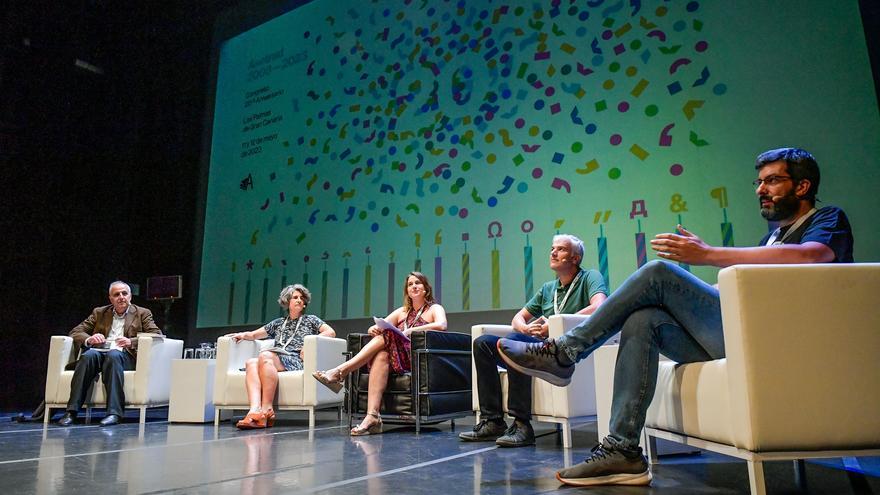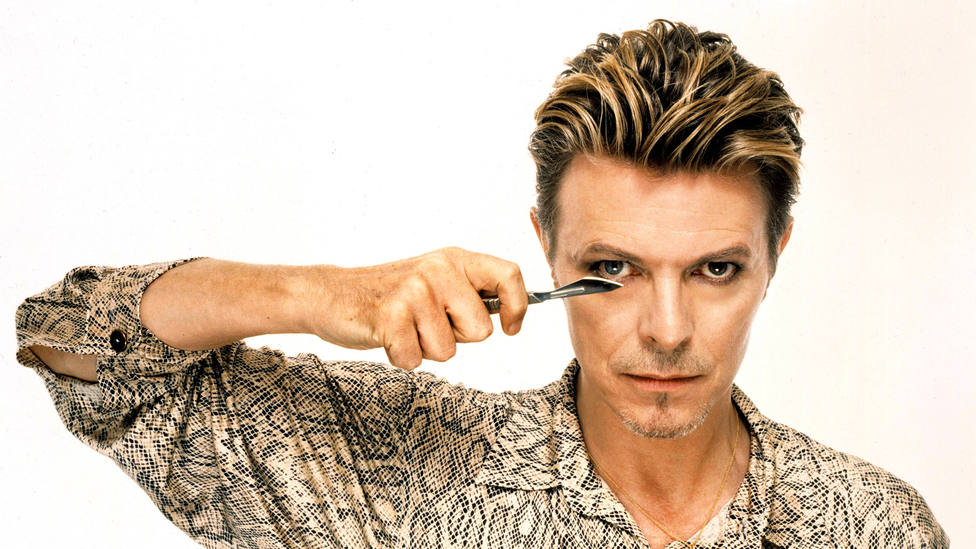Twenty one
Volcanoes, climatic crises, catastrophic storms, publishing articles … Science permeates one way or another, from different regions and different geographical latitudes, so the correct transmission of information to citizens is essential in the daily task of language specialists. the Spanish Association of Translators, Proofreaders and Interpreters (Asetrad) This challenge with Itaheza Dominguez, seismologist from the Geophysical Center of the Canary Islands, Fernando Navarro, medical translator, famous Mar Fernandez and Hector Socas, director of the Science Museum and Con Tenerife.
Related
The conference, organized for the first time in Las Palmas de Gran Canaria on the occasion of its 20th anniversary, covers both innovation and technological challenges of artificial intelligence, mental health among professionals, scientific communication and publishing in a round table. Volcanoes, Viruses, Oceans, and Stars: How to Connect Complex Current Concepts with One Foot in Science and the Other in Lettersheld at CICCA.
“Science is used to save lives,” said Dominguez, particularly when in his career he witnessed the eruption of two volcanoes at El Hierro and La Palma. In this state of emergency, it was necessary to be able to convey to the population “calmly and patiently” the magnitude of the phenomenon, even if they were exhausted, “and this required giving an agreed, homogeneous and continuous message because you are talking to 30 or 40 media outlets a day,” especially when Hoaxes spread.
The Association of Translators, Proofreaders and Interpreters calls for greater recognition on the occasion of its 20th anniversary
The palm tree eruption brought terms like lava, lava tails, and ash closer to the community, so that the semantics were kept rigorous, warning was given, and at the same time, necessary learning was made given the circumstances. It was this striking case that brought to the table the difference between communication and scholarly publishing, which focuses on those people who are unfamiliar with the technical semantic field. “The key is to get the person to understand you, without losing your toughness“, confirmed Fernandez, who analyzed how the world of professionals today is becoming an ecosystem “in which science seems more invisible than ever.”
National investment in science
He commented that the main obstacles for the specialists are the publishers themselves, as well as the evaluation that is not usually included in Spanish-language publications, as well as plagiarism, pseudoscience, fictitious signatories and advertising language, which undermine the credibility of their work. .
For this reason, it is necessary to diversify resources and deepen the matter, as Fernando Navarro did with the establishment The Red Book, a dictionary of uncertainties and difficulties in medical translation in English. With 60,000 entries, It is a reference publication in medicine, especially when science is currently written in this language. He emphasized that “Spain is the only language that does not have a system of linguistic standardization”. This obstacle hinders the correct adaptation of one language to another. For example, while the grammatical structure of English is repetitive, synonyms are rarely used or the gender marker is absent, Spanish “is one of the freer languages when we talk about its structure.”
However, the problem goes further than that. As Hector Soukas pointed out, “WThese are symptoms of something much more troubling, because in order to protect and preserve language, we must participate in scientific developments.The lingua franca of science is not English by chance. For the last century it has replaced French and German because the greatest developments that have taken place have been in these Western countries, which inevitably affected the way it was communicated to the rest of the world and a way of understanding scientific thinking and discourse .
To change the paradigm, new tactics must be used, such as enhancing the beginner’s approach to exploring these worlds. “Science is seen as something useful, but I don’t know anyone who has gone into science without bringing it aesthetically.“, emphasized Soukas when asked by the medium Maya Bousquet. The explosion of colors in the rainbow, the geometry of the honeycombs in the bees, or the infinite point of the black hole captivates, attracts, indescribable,” this mixture of beauty and mystery generates a fascination that is difficult to overcome, “as she tries Words that correspond to bring a small approach to the world that surrounds them.



:quality(70)/cloudfront-us-east-1.images.arcpublishing.com/elfinanciero/WTGZI5EIBRDBPBCIBFTWITBOQY.jpg)

